
This is the time of year that I start feeling wanderlust. Here in Boston, it’s getting dark before 5 PM. The leaves have fallen off the trees, and I see snow in the forecast for next week.
I honestly don’t mind Boston’s winters too much.
I know that when February rolls around, I will feel like I must travel to somewhere warm. If I don’t, I will feel like I cannot bear the cold weather for another day.
There was one year that we didn’t plan to take a warm vacation. I had just started a new job, and we thought that I shouldn’t take time off yet. Unfortunately, we had gotten so sick of winter by February of that year that we knew we needed to get out of here.
We put the word out on Facebook to our networks to see if anyone had a place we could stay in Florida. Some of our best friends from college reached out to us. They let us know they were planning a trip to Florida for the following week. We seized the opportunity to stay on their sofa bed. We bought our plane tickets and headed down the following week.
We learned our lesson. For us, taking a warm vacation is necessary to survive the Boston winter.
Because we are thrifty travelers, it’s always been important to plan trips early. When you use travel rewards, it’s even more critical to plan early.
To use travel rewards, we need to have time to:
- Decide where we want to go.
- Determine which credit cards we could open to help cut the costs.
- Open a credit card and ensure we meet the minimum spending requirement for the welcome bonus.
- Open the next card and ensure we meet the minimum spending requirement, and so on.
- Get the points into our accounts.
- Book the travel as far in advance as possible, so we can get good travel dates.
I’m not kidding. Planning travel early is an absolute need to use travel rewards.
In February of 2020, we will be traveling to Jamaica. We’ve been planning this trip since early 2019, and it almost feels like we started too late.
In this post, we’ll share how we will cover almost 90% of our Jamaica vacation with travel rewards.
I hope this provides you with tips for creating your own travel hacking strategy. To read a full primer on travel rewards, check out our original Travel Hacking post.
Cheap Travel to Jamaica: How We’re Covering ~90% of a Jamaica Vacation with Travel Rewards
We will be able to cover almost 90% of this trip’s cost using travel rewards. Here’s how.
Lodging(and Food)
We plan to stay at the Hyatt Zilara Rose Hall. This hotel is an adults-only, all-inclusive resort in Montego Bay, Jamaica.
I’ve never actually stayed at an all-inclusive resort before. We often take more adventurous vacations. We travel to different places and often book accommodations through Airbnb or VRBO.
Within our first 10 years of marriage, we’ve stayed in only two fancy resorts. For our honeymoon, a family member gifted us use of their timeshare in Puerto Vallarta, Mexico. A few years ago, we took a 2-week trip to Europe. During the last leg of the trip, we stayed at a beach resort outside of Barcelona. Neither of these resorts was all-inclusive.
Since we started travel hacking, our biggest vacation expense has been food and drink. Staying at an all-inclusive resort will be great for our food budget!
We will be staying for 5 nights at the Hyatt Zilara Rose Hall. Each night costs $550-800 or 25,000 points. We will be covering all 5 nights with Hyatt points.
To do this, we each opened a World of Hyatt Credit Card. To receive the 50,000 welcome bonus points, we needed to spend $3,000 in the first three months and an additional $3,000 (for a total of $6,000) in the first 6 months.
Between the two of us, we now have about 115,000 Hyatt points. This leaves us 10,000 points short. Luckily, we have Chase Ultimate Rewards points from our Chase Sapphire Preferred that we can transfer to my Hyatt account.
Once we transfer about 10,000 Chase UR points, we will have the 125,000 points that we need to cover 5 nights at the resort.
Cost Savings: ~$3500 (assuming ~$700/night room rate)
Flights
Boston is the hub for JetBlue Airlines. Because we live in Boston, we fly with them frequently. A few years ago, JetBlue came out with a new credit card with a lucrative welcome offer. After spending $1,000 in the first 3 months, we received a welcome bonus of 60,000 JetBlue points. This card now comes with a welcome bonus of 40,000 points, so we got this card at a great time.
Corey also flies with JetBlue when he travels for work, so we’ve racked up some points from that as well. With the welcome bonus and points we’ve accumulated, we still have about 100,000 points in our JetBlue family account.
To book our round-trip flights on JetBlue to Montego Bay, Jamaica in February, we will likely use about 50,000 points. We will also need to pay about $50 in fees for each ticket. So, it will be about $200 total for us to fly to Jamaica.
If we were to buy these flights out of pocket, they would cost about $1,100.
Cost Savings: ~$900
Additional Costs for Our Trip to Jamaica
Besides lodging and flights, there will also be some extra costs for this trip.
Additional Gratuity
Because our stay is covered with points doesn’t mean that we shouldn’t add an additional gratuity for hotel staff members that do a great job. I would expect to spend about $40-50 in additional gratuity over the course of our stay.
Transportation
We’ve already discussed the $200 we will pay in fees on the plane tickets. Besides this, we expect to spend about $60 round trip for an uber to and from the Boston airport. We also expect to spend about that same amount on a cab or shuttle from the Montego Bay Airport to the resort.
Activities and Outside Food and Drink
Since there are a lot of activities on-site at the resort (i.e. non-motorized water sports, pools, beach, etc.), we don’t expect to leave the resort often.
We want this to be a relaxing vacation. We might choose to do one off-site activity or tour, such as a zipline tour or Dunn’s River Falls. We’d expect to spend no more than $200 on outside activities.
All food and drinks are included at the resort’s 17 on-site restaurants and/or bars. We’d expect to spend no more than $100 on outside food or drink, including food consumed on travel days.
Total Costs for the Trip
| Item | Total Cost (without travel rewards) | Total Cost (including travel rewards) |
|---|---|---|
| Lodging | ~$3550 | ~$50 |
| Transportation | ~$1220 | ~$320 |
| Activities and Outside Food Drink | ~$300 | ~$300 |
| Total Cost | ~$5070 | ~$670 |
| Total Saved Using Rewards | ~$4400 (~87% of total cost not including rewards) |
Understanding the Different Types of Travel Rewards Credit Cards
There are three different types of travel rewards credit cards.
- Co-branded Credit Cards – This is when an airline or hotel chain partners with a credit card company. The points from the card go to your rewards account with the airline or hotel chain. They can only be used within that brand. Examples include Hyatt, JetBlue, United, Marriott, etc.
- Flexible Points – Credit card companies like Chase, Citi, or American Express offer rewards points. There are two options for using these points. They can be transferred to a hotel or airline partner. They can also be used to book travel directly through the credit card company’s travel portal at a rate of 1.25-1.5 cents per point. Examples include Chase Sapphire Preferred, Citi ThankYou Premier, Amex Platinum.
- Fixed Value – With a fixed value credit card, you earn points that you can use to “erase” travel charges on your card. The ratio for these cards is 1 cent per point. For example, if you have 50,000 points that would erase $500 of travel expenses. Examples of these cards include Capital 1 Venture* or Barclaycard Arrival Plus.
*Note: CapitalOne is starting to get into the “transfer game.” They now have a limited list of transfer partners
Co-Branded Rewards Credit Cards Provide the Most Lucrative Rewards (but Lack Flexibility)
For this trip, we will primarily be using points that we earned from co-branded credit cards.
These are the least flexible points to use. Our only options for this trip are to fly with JetBlue and stay at a Hyatt resort. Using co-branded cards works best when you’ve already planned out a trip and are working backward. It’s less worth it to build up a bank of points in a particular brand if you don’t know yet where you want to travel.
The benefit of co-branded cards is that they often have the most lucrative point conversions.
Hyatt
For example, we will be spending 125,000 Hyatt points for our 5-night stay. If we paid for this full stay in dollars, it would cost ~$700/night or ~$3500 total. This means that our rate of return is 2.8 cents per point. This is much better than the 1:1 ratio of the fixed value cards or the 1:1.5 ratio of using the travel portals with the Flexible Points cards.
JetBlue
For this trip, we will be using about 50,000 points to buy plane tickets and spending about $200 in fees. Since the cash value of the tickets is ~$1100, we will save ~$900 by using points. This gives us a return of 1.8 cents per point. It’s not quite as good as the Hyatt return, but we’ll take it!
Co-branded cards can offer some of the best redemptions. It’s important to remember that they are the least flexible.
Travel Reward Tips from This Trip
We’ve learned a lot about travel rewards over the last few years, so I want to share my main takeaways with you.
1. Only pursue travel rewards if you can pay off your credit cards in full every month.
These travel rewards are an awesome way to save money. Yet, it is not worth going into debt to get travel rewards that cover a couple of thousand dollars of cost.
We make sure that we only use credit cards for everyday purchases. It’s important to make sure we don’t overspend because we are trying to meet a minimum spending requirement for a welcome bonus.
We then pay off our credit cards in full every month.
2. Start with the end in mind.
Some people start travel hacking by opening a bunch of random cards. Then, they try to piece together the points for a vacation later.
There are so many different cards out there that we don’t feel like we need to hoard points. We know that we can always get more.
When we begin planning our travel hacking strategy, we start with the end in mind. We choose where we want to go. Then, we create a travel rewards strategy that will help us to cover as many costs as possible.
Last year, we went to Panama. We covered round-trip flights, lodging, ground transportation, and some activities with travel rewards. To cover these costs, we pieced together rewards from American Airlines, Marriott, Chase, and CapitalOne.
For the trip to Jamaica, we knew that we could get there using the JetBlue points that we already had. Then, we checked out two different all-inclusive resorts (IHG and Hyatt). We decided we wanted to stay at the Hyatt Zilara before opening the credit cards.
Because of this strategy, we will cover the vast majority of our travel costs with rewards.
We will also consider opening a CapitalOne Venture or a Barclaycard Arrival Plus. Since these are fixed value cards, they would allow us to cover activities and ground transportation. This would reduce or trip costs by ~$320.
We would use the rest of the points to cover travel expenses related to a wedding we have next summer.
3. Open a co-branded card of the airline hub closest to you.
Even if you don’t have a specific trip in mind yet, you could watch for the co-branded card of the airline hub closest to you. When it comes up with a higher than normal offer, it could be good to apply for the card.
We know that Boston is the hub for JetBlue, so when the JetBlue came out with a welcome offer that was 50% higher than normal, we jumped on it.
We now have a bank of JetBlue points that we’ve used for various trips over the years. We used JetBlue points to fly to Florida for a cruise. I also used JetBlue points this year to fly to Washington DC and Chicago for blog-related events.
Even with all this travel (including the Jamaica flights), we will have around 50,000 points left in our account to use for future travel.
4. Hit the credit card’s minimum spending requirements more quickly by buying gift cards for groceries and other necessities.
If you are frugal like us, it can sometimes feel like it takes forever to hit a spending requirement. We got to the point where we would like to book the trip, but we still had only spent $4,500 of the $6,000 needed.
To speed up the process, we bought gift cards for Amazon and Costco, the two stores where we buy groceries. This is like pre-paying our grocery bill for the next few months.
If you want to get points more quickly, I’d encourage you to get gift cards for stores where you know you’ll spend money. If you drive frequently, you could spend it on gift cards for gas. We don’t often drive, eat out, or shop, so getting gift cards for these things would not have helped us meet our goals. We’d likely have spent more money on things we didn’t need.
Strategic Use of Travel Rewards Can Save You Thousands
Because of our strategic use of travel rewards, we will be saving ~$4,400 on our upcoming trip to Jamaica. We might even save more if we decide to open up another fixed value credit card before the trip.
We absolutely love to travel and explore new places. It’s something that we prioritize spending time and money on along our journey.
If we were paying for this travel out of pocket, we would likely have taken a less expensive vacation. Because of this, it’s more realistic to say that we’re saving about $2,500 of money that we’d be spending anyway.
Using travel rewards not only allows us to travel more often for less, but it also allows us to travel more luxuriously.
Where will you be going next with travel rewards?



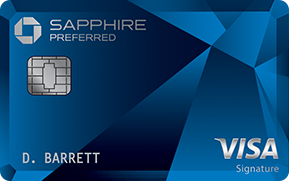


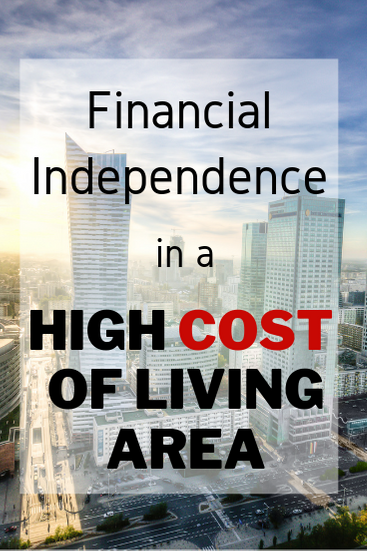
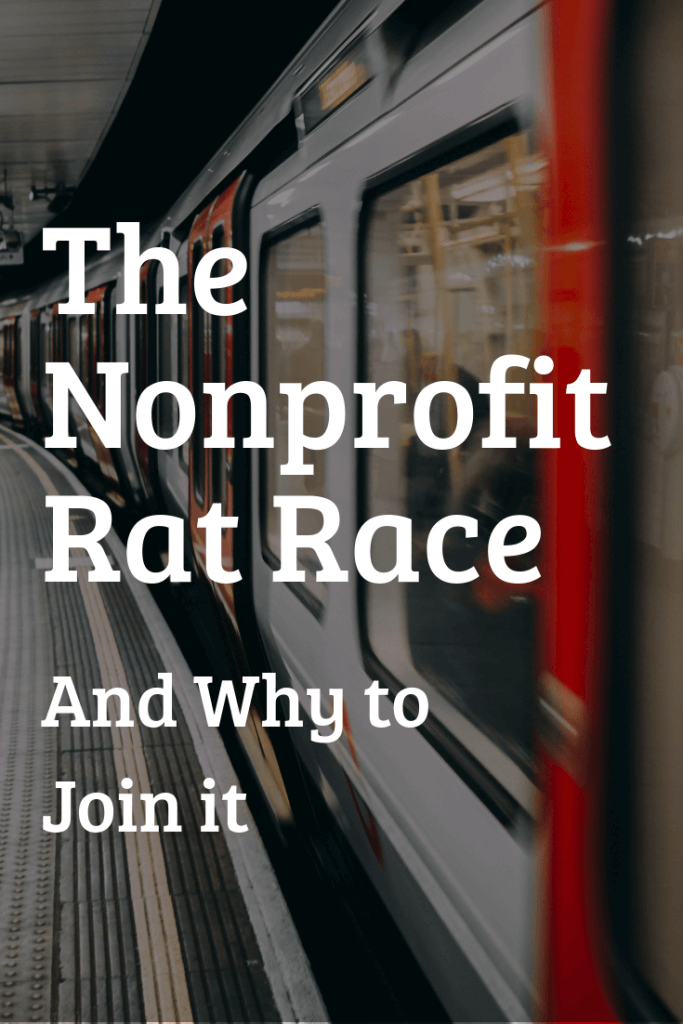

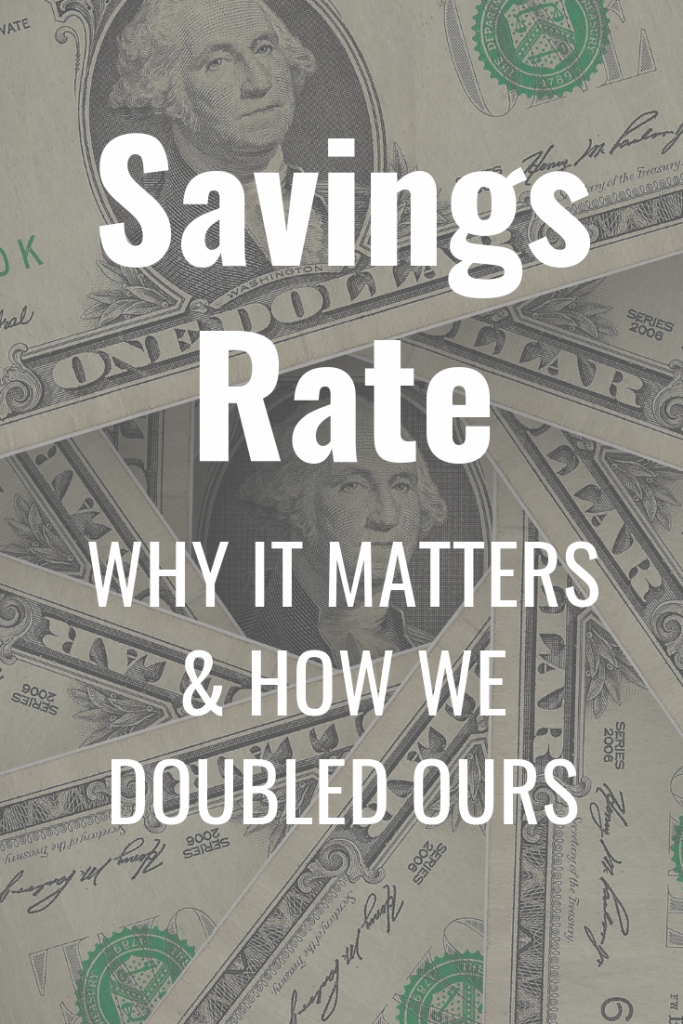

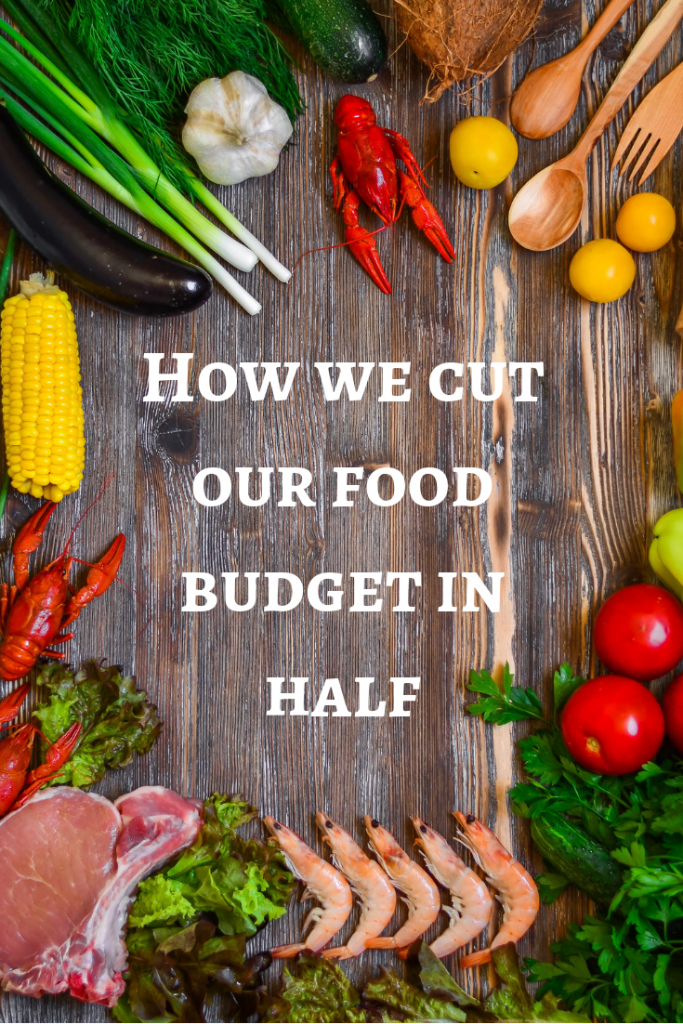

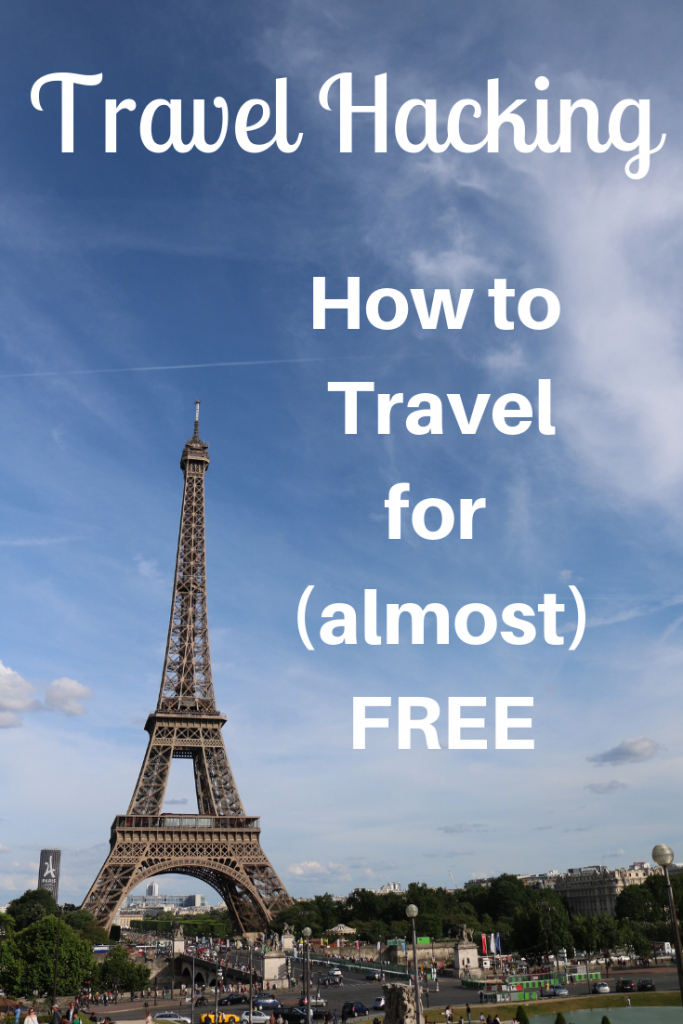

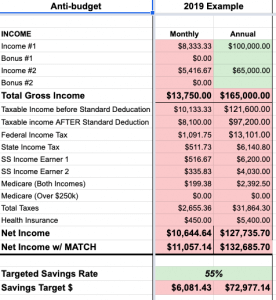

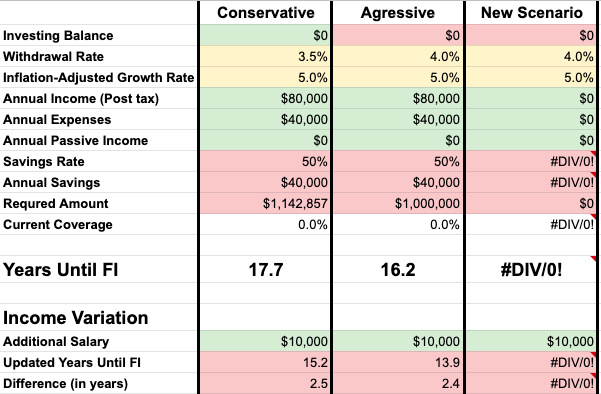
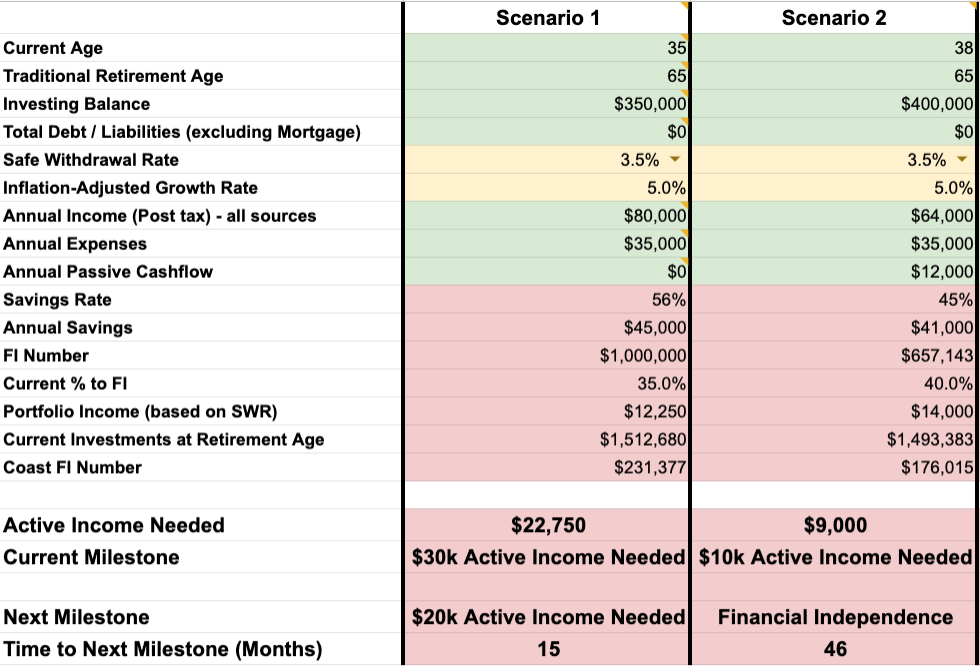
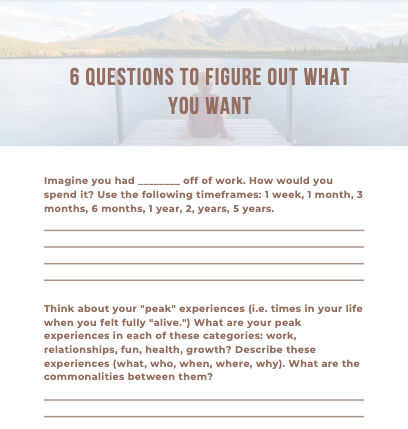

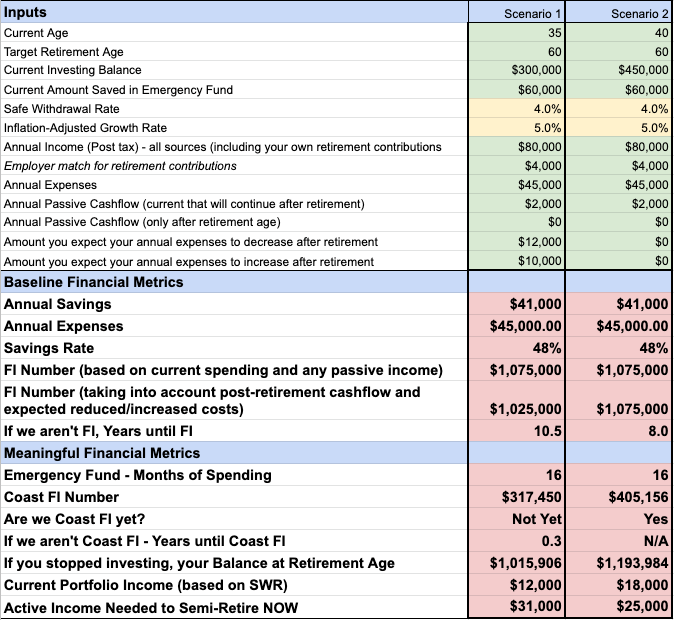
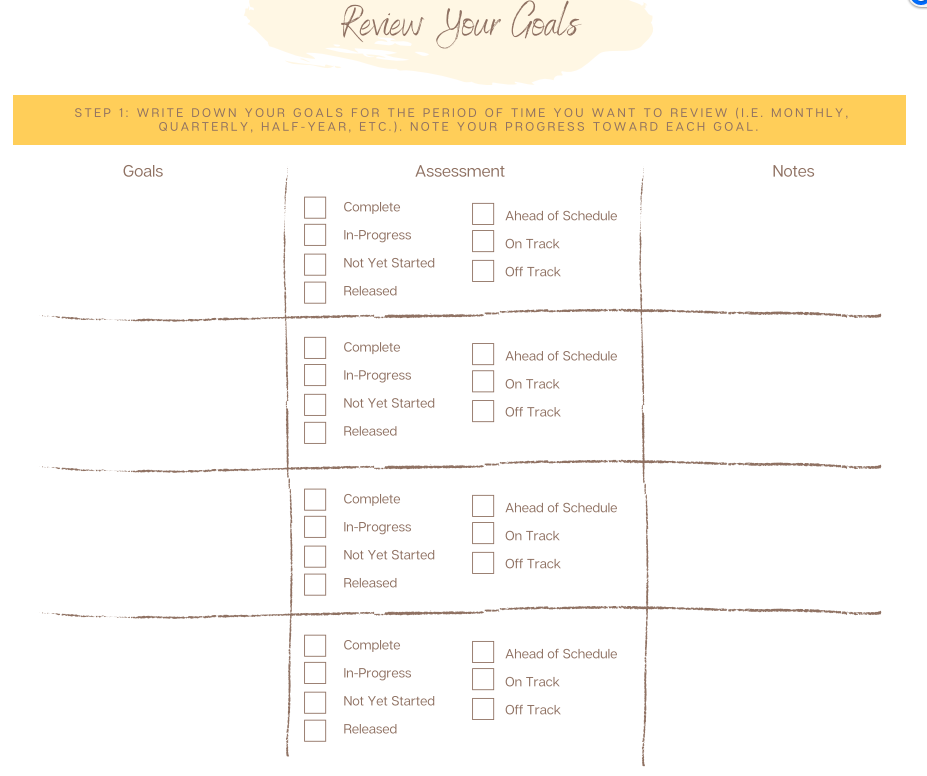
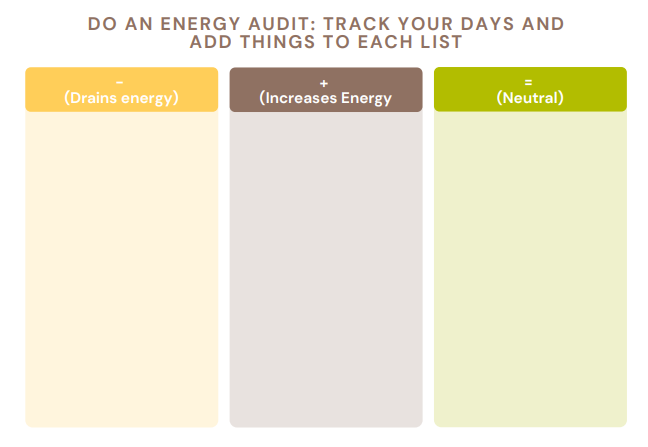

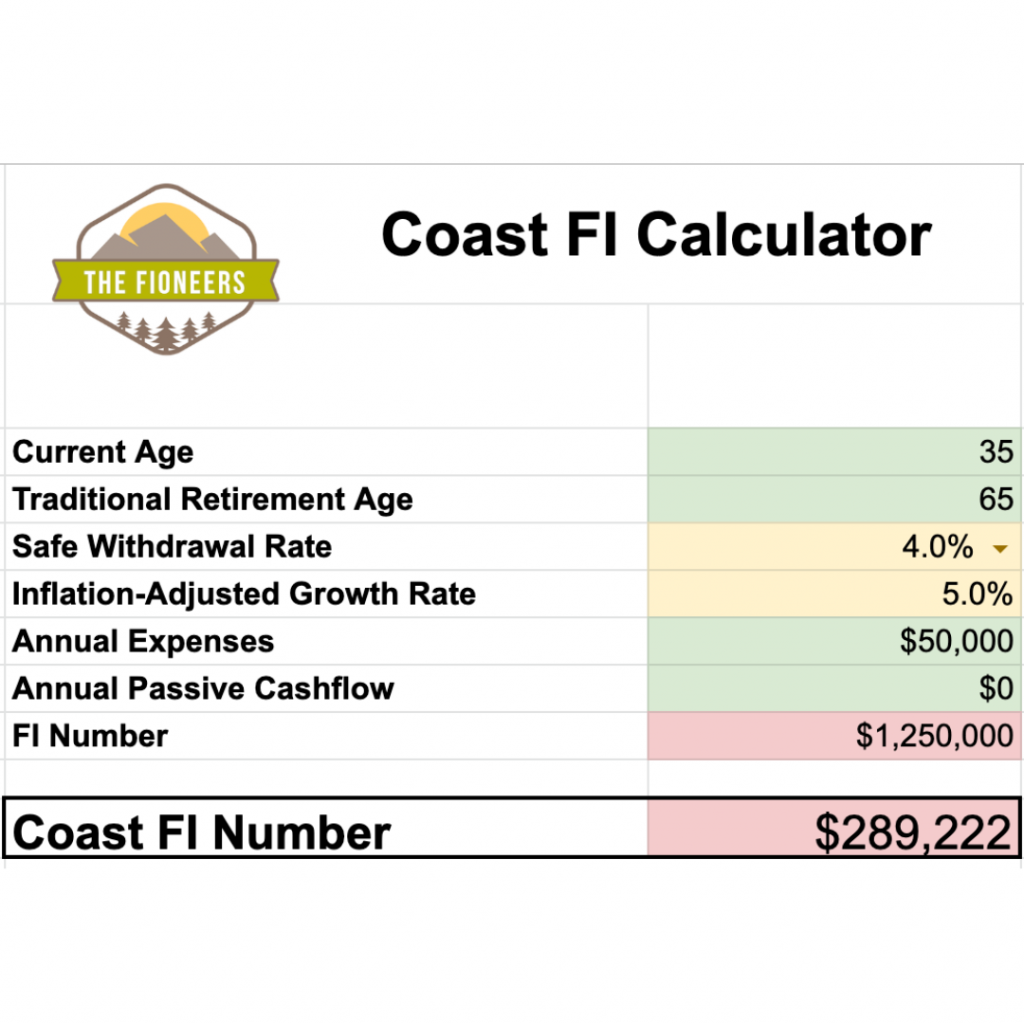



Thank you for opening my eyes to using points for all-inclusive.
We have been wanting to try an all-inclusive for a while but the price tag has always been a turn-off. Why did I think I couldn’t play the points game with all-inclusives?? Who knows, but thanks to you I now know better! 🙂
Food and drink are definitely our largest expense when traveling since we’ve started the travel hacking game. So finding a way to travel hack our food and drink is exciting! Already can’t wait to plan a trip!
The price tag has always been a turn-off for us too. If we were paying out of pocket, I doubt we’d do an all-inclusive. It’s super exciting that we can do it with points. I’m so happy to hear that it opened your eyes!
We’ll let you know how the trip is and if Hyatt is worth going for!
Jessica
Enjoy your Jamaica vacation. I think you’ll love the all inclusive Hyatt. We went to the Hyatt Ziva in Cancun 2 years ago. It was awesome. Our son enjoyed it a lot too.
This year, we’re heading off to Thailand. The trip is most paid for with points/reward. I’ll write more about it soon.
Hi Joe,
Thank you! We’re excited about it. I’m glad to hear that you had a great time at the Hyatt Ziva a couple of years ago.
I’ll look forward to hearing more about your Thailand trip.
Best,
Jessica
Wow this is so inspiring. Thank you for laying this out so clearly. I usually feel a bit overwhelmed by most travel hacking strategies but this seems doable!
Hi Amelia,
There are so many options that it can feel really complicated sometimes. Once you understand the gist of it, it becomes more doable. Plus, once we decide the vacation we want to take and then determine the rewards that will get us there, it always feels easier.
Best,
Jessica
I love how you explain your strategy here. I am new to travel rewards and this post made it super clear! We just booked a trip for February too and I hope that’s the last one I book without travel hacking 😉
Hi Jaimee,
Of course. Every time we book a trip with travel rewards, we plan to share the ins and outs on our site. I’m glad to hear this was helpful!
I hope you enjoy your February trip, and if you have questions about travel hacking in the future, please let me know.
Best,
Jessica
Dave Ramsey would be so disappointed 😂 (complete sarcasm)!
There are awesome benefits to these cards and rewards programs IF (like you said) you manage them properly (i.e. pay the your cards off every month).
I recently started tracking all of my rewards programs like any other account. Currently sitting on around $7k in rewards even after several redemptions the past few months (thanks to conversions from The Points Guy).
What gets tracked, gets improved – or in this case, used. 🏝
p.s. couldn’t agree more with your statement of a mandatory winter getaway! It does wonders!
Hi Brian,
Well… The good news is that Dave Ramsey is not my intended audience for the post. I’ve always seen there being awesome benefits to credit cards IF you pay them off in full every month.
We’ve done a bunch of travel hacking. We covered almost our full-trip to Panama last spring. We’re also headed to a destination wedding this summer and we’ve been able to cover almost all of our flights with points (and our accommodation once we get there is free)! We’re also hoping to cover most of a trip to Italy in 2021.
Happy travel hacking!
Jessica
We love traveling as a family, and one of our favorite things to do before the trip is read about where we are going. Here are some great kids books to get them excited about traveling to the Jamaica: http://storybooklists.com/country/storybooks-with-jamaica/